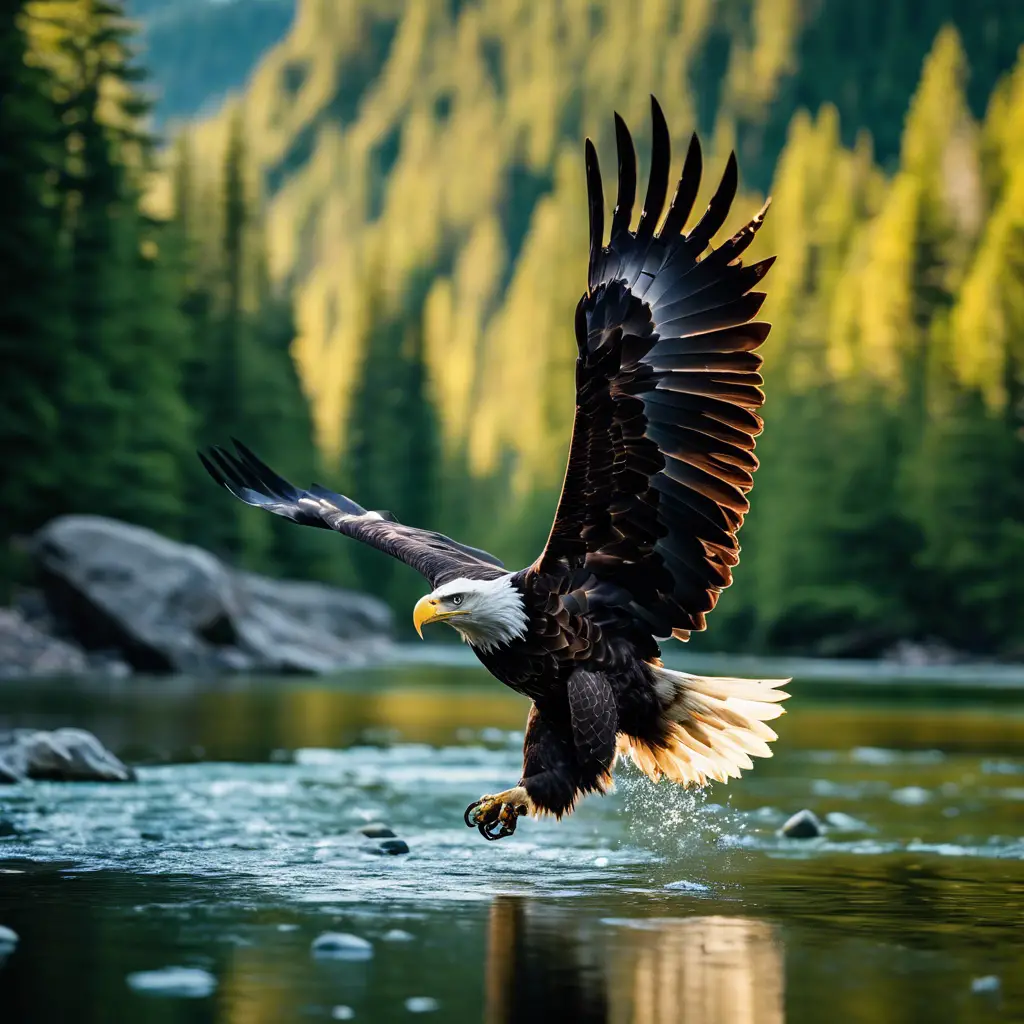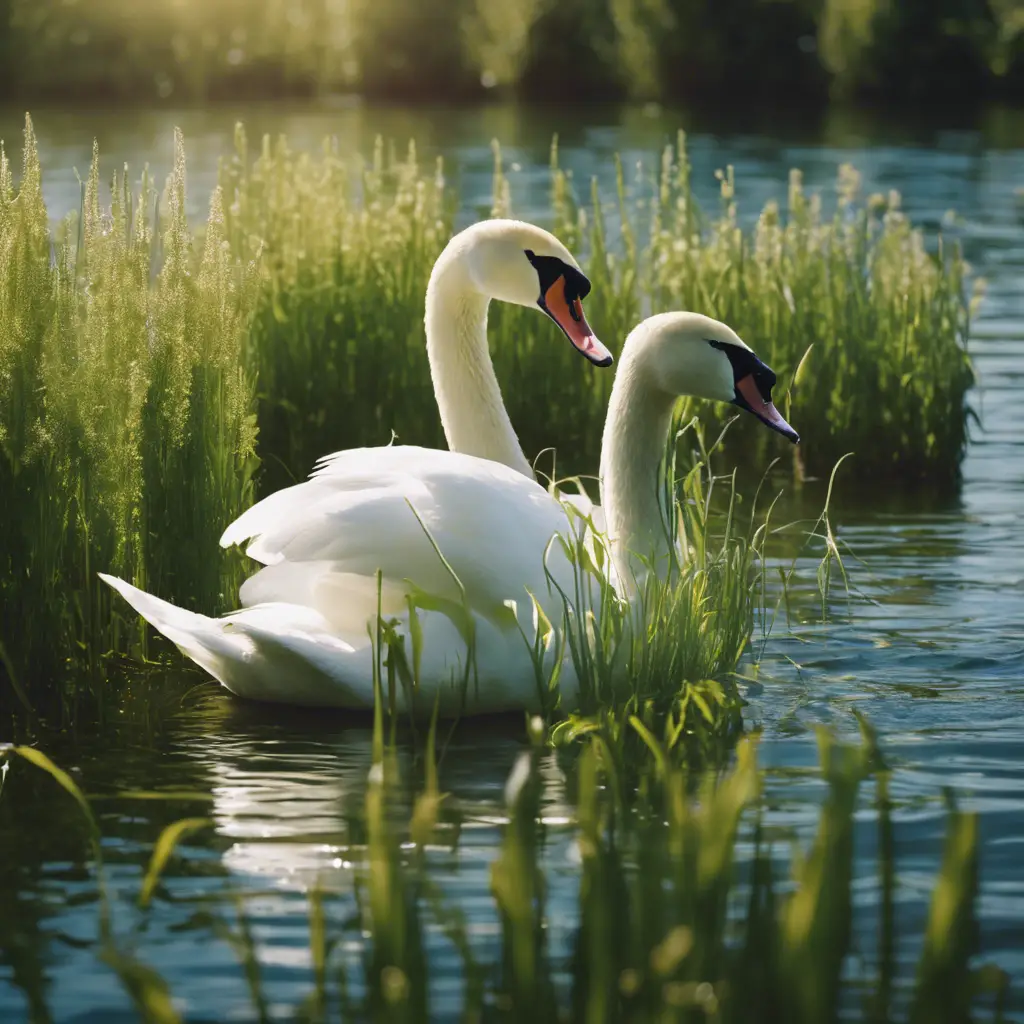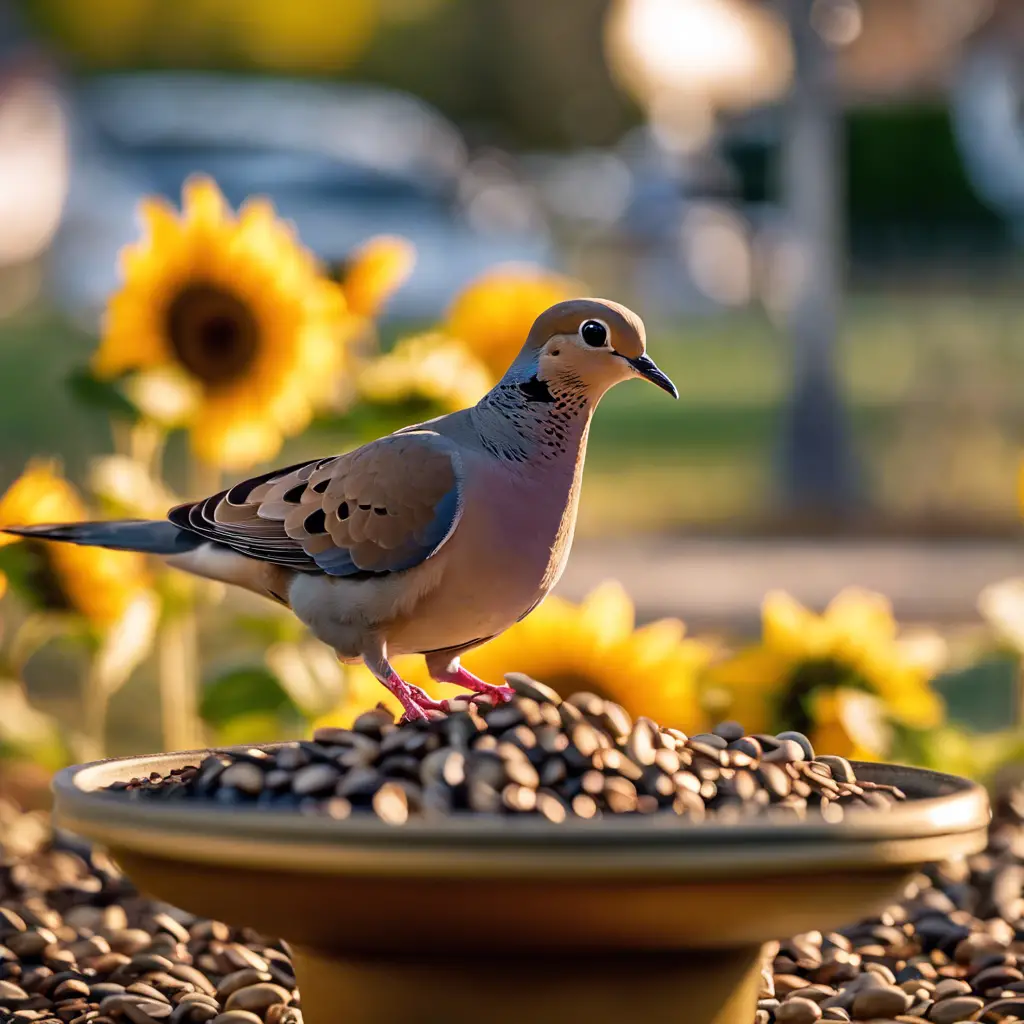In my experience as a marine biologist, I’ve had the privilege of closely studying penguin diets. I believe these flightless birds have fascinating feeding habits, which I’ve observed both in the wild and in captivity.
Despite their inability to taste fish, penguins are adept hunters, diving into the icy depths for krill, squids, and a variety of fish. My expertise has led me to understand the nuances of their dietary adjustments according to the available resources in different seasons.
Watching them snap up their prey with precision always reminds me of the intricate balance within their ecosystems.
Key Takeaways
- Penguins primarily eat krill, squids, and fishes.
- They select their prey based on species-specific preferences to minimize competition for food.
- Penguins catch prey with their beaks and swallow it whole, often while swimming.
- Penguins have fewer taste buds but primarily taste salty and sour flavors.
Penguin Dietary Staples
As a penguin, you’ll primarily feast on krill, squids, and fishes, selecting your prey based on species-specific preferences to minimize competition for food. When penguins feed, they catch prey with their beaks and swallow it whole, often while swimming. Your ability to see underwater is crucial for hunting, as you rely on this sense to locate your next meal.
Penguins eat quite a lot, with some species like the Adelie penguin consuming vast quantities of krill and fish annually. Your digestive systems are adapted to process these seafood staples efficiently. Although you have fewer taste buds than many animals, you’ve evolved to primarily taste salty and sour flavors, which suits your fish-based diet. Moreover, swallowing stones may help in grinding down food, illustrating the unique adaptations of your digestive tract.
Prey Hunting Techniques
You’ll find that penguins employ a variety of skilled hunting techniques to capture their prey in the ocean’s depths. These flightless birds have adapted to become agile swimmers, with some species capable of diving to impressive depths. Their prey hunting techniques are as varied as the penguins themselves.
| Emotionally Charged Fact | Reason for Impact |
|---|---|
| Penguins use vision to hunt | Survival depends on sight |
| Prey is swallowed whole | Ruthless efficiency |
| Band markings isolate prey | Strategic hunters |
| Krill scraped from ice | Ingenuity at play |
| Food stored for chicks | Heartwarming care |
Unlike killer whales, penguins are not top predators, yet their survival hinges on the precision of their hunting. Each dive is a testament to their determination to thrive in a challenging marine environment.
Feeding Habits in the Wild
In their natural habitats, penguins’ diets vary significantly based on their species and the region they inhabit. While you might think of penguins as uniform in their feeding habits, the reality is as diverse as the penguin species themselves.
Prey Preference: Smaller penguin species often feast on krill and squids, while those that call the northern regions home prefer to munch on fish.
Adaptive Diets: Depending on the season and availability, adult penguins adapt their consumption, with Adélie penguins gobbling up vast quantities of krill, fish, and squid.
Survival Tactics: Penguins endure fasting during breeding and molting, but in their average life, they’re proficient hunters, relying on vision to catch prey whole, even diving deep with the help of swallowed stones to stay submerged.
Zoo Penguins: Altered Diets
While penguins in the wild catch and consume live prey, those you see in zoos are typically fed a diet of dead and frozen fish. This altered diet helps zookeepers ensure that the zoo penguins receive all the nutrients they need. The species of penguins housed in these facilities may have different dietary requirements, so their meals are carefully tailored.
Chick Nourishment Strategies
Beyond catering to adult dietary needs, you’ll find that penguin parents employ specialized feeding strategies to ensure their chicks thrive.
During the harsh conditions of breeding season, emperor penguins and other species, such as the African Penguin, go to great lengths to nourish their young.
Here’s how they do it:
- Regurgitation: Parents feed chicks by regurgitating partially digested food, ensuring a warm and nutritious meal.
- Crop Milk: Similar to birds like pigeons, male penguins can produce a nourishing ‘crop milk’ to feed chicks when other food is scarce.
- Diet Variation: Diverse fish diets lead to higher survival rates, with studies showing fish-fed chicks gaining more body mass, critical for their survival and the future of the colony.
The Role of Stones and Fasting
You might find it curious that penguins often consume stones, serving functions that range from aiding digestion to adjusting buoyancy during dives. For instance, Rockhopper and macaroni penguins eat these stones to help grind up crustaceans, enhancing their digestive process. King penguins are particularly noted for swallowing stones in significant amounts, which suggests that these pebbles play a crucial role in their dietary habits.
Additionally, penguins endure periods of fasting that align with their breeding and molting cycles. They’ll build up a fat layer beforehand, which provides the necessary energy during these times. Even chicks participate in fasting, waiting for their juvenile feathers to be replaced. Stones might alleviate the hunger penguins experience during these fasts.
Understanding Penguin Predation Threats
Penguins’ diets are diverse, but you should be aware that variations in food availability pose significant predation threats to these seabirds. Changes in prey populations can drastically affect penguin survival, especially during breeding seasons.
Here’s how these factors impact different penguin species:
- King Penguins: They primarily feast on fish and can dive deep to find food, but when fish populations dwindle, they’re forced to travel further, risking more encounters with predators like sea lions.
- Yellow-eyed Penguins: Known for their selectivity, any decrease in their preferred fish can lead to increased competition and vulnerability to predators on land and in the sea.
- Sea Lions: These predators are a constant threat to penguins, capitalizing on any weakness, such as the struggle to find sufficient food.
Frequently Asked Questions
What Do Penguins Drink?
You’re likely wondering how penguins stay hydrated. They actually get their water from eating fish, krill, and squid, not by drinking seawater, thanks to their efficient kidneys and the moisture in their food.
How Many Fish Do Penguins Eat a Day?
You’re curious about penguins’ diets. On average, they might munch on a couple dozen fish daily, but it varies greatly with species, location, and food availability. They’re certainly voracious little swimmers!
Do Penguins Eat Jellyfish?
You’re mistaken if you think penguins eat jellyfish; they stick to fish, krill, and squid. Their diet doesn’t include jellyfish, as they rely on more abundant and nutritional sea life.
Why Do Penguins Swallow Fish Whole?
You’re wondering why penguins swallow fish whole? It’s because they can’t chew without teeth, and this way they conserve energy and can feed their young with regurgitated, partially digested meals.
Conclusion
In summary, you’ve learned that penguins are carnivorous birds with diets tailored to their environments. They strategically hunt krill, squids, and fish to sustain themselves.
Penguins adapt their eating habits to resource availability, whether in the wild or in captivity. They also employ unique strategies to feed their chicks and withstand fasting periods.
Understanding these aspects of penguin life helps appreciate their survival tactics amidst natural and human-induced predation threats.

An avid ornithologist, zoologist and biologist with an unwavering passion for birds and wild animals.
Dr. Wilson’s journey in ornithology began in childhood and led him to obtain a Ph.D. in Ornithology from the prestigious Avian Research Institute. He has worked closely with renowned experts in the field and conducted extensive research and field studies globally.





